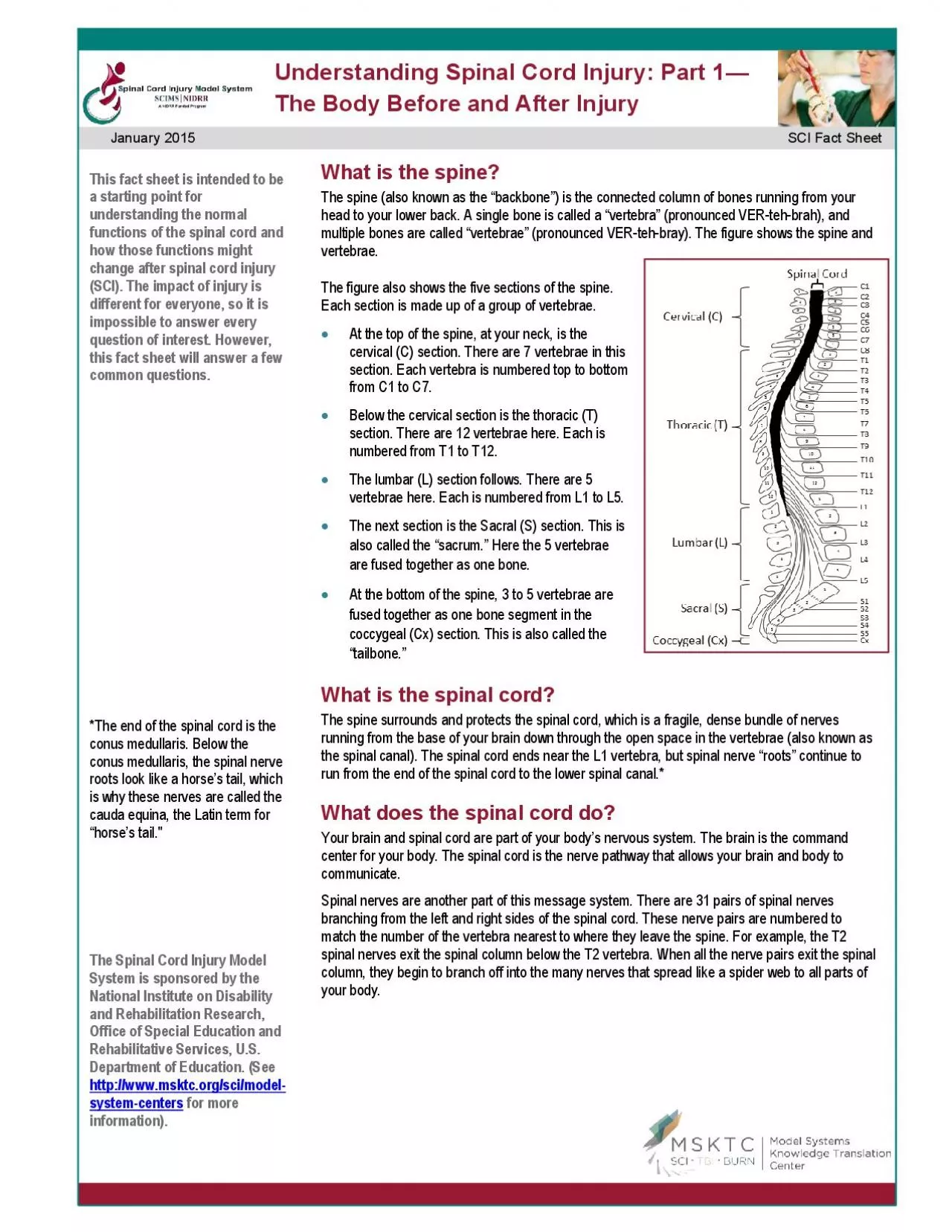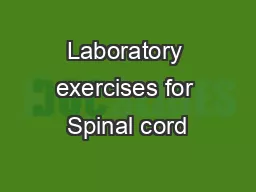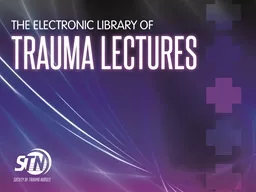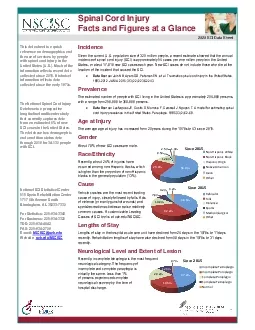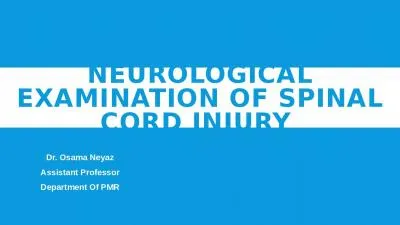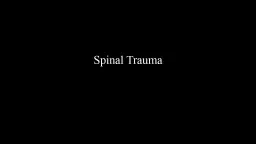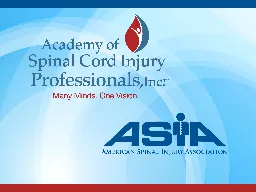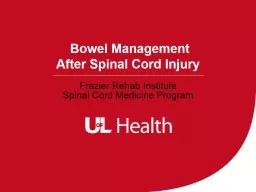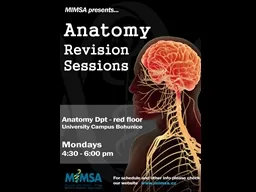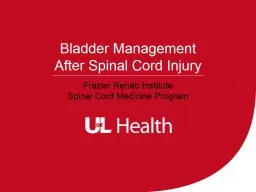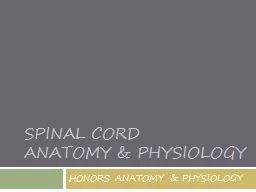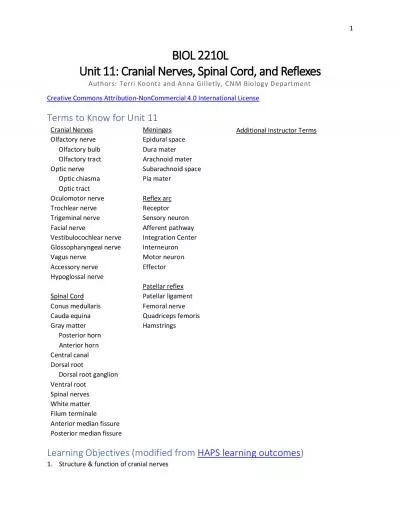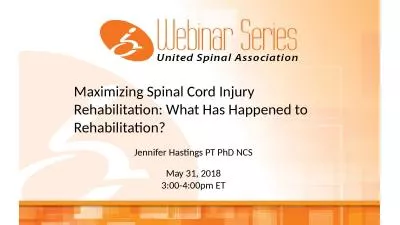PDF-x0000x0000Understanding Spinal Cord Injury Part 1The Body Befor
Author : tabitha | Published Date : 2022-08-25
January2015 SCI Fact Sheet This fact sheet is intended to be a starting point for understanding the normal functions of the spinal cord and how those functions might
Presentation Embed Code
Download Presentation
Download Presentation The PPT/PDF document "x0000x0000Understanding Spinal Cord Inju..." is the property of its rightful owner. Permission is granted to download and print the materials on this website for personal, non-commercial use only, and to display it on your personal computer provided you do not modify the materials and that you retain all copyright notices contained in the materials. By downloading content from our website, you accept the terms of this agreement.
x0000x0000Understanding Spinal Cord Injury Part 1The Body Befor: Transcript
Download Rules Of Document
"x0000x0000Understanding Spinal Cord Injury Part 1The Body Befor"The content belongs to its owner. You may download and print it for personal use, without modification, and keep all copyright notices. By downloading, you agree to these terms.
Related Documents

